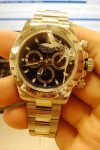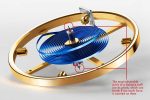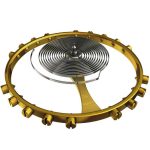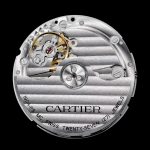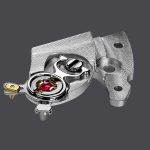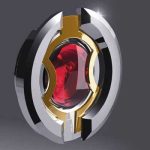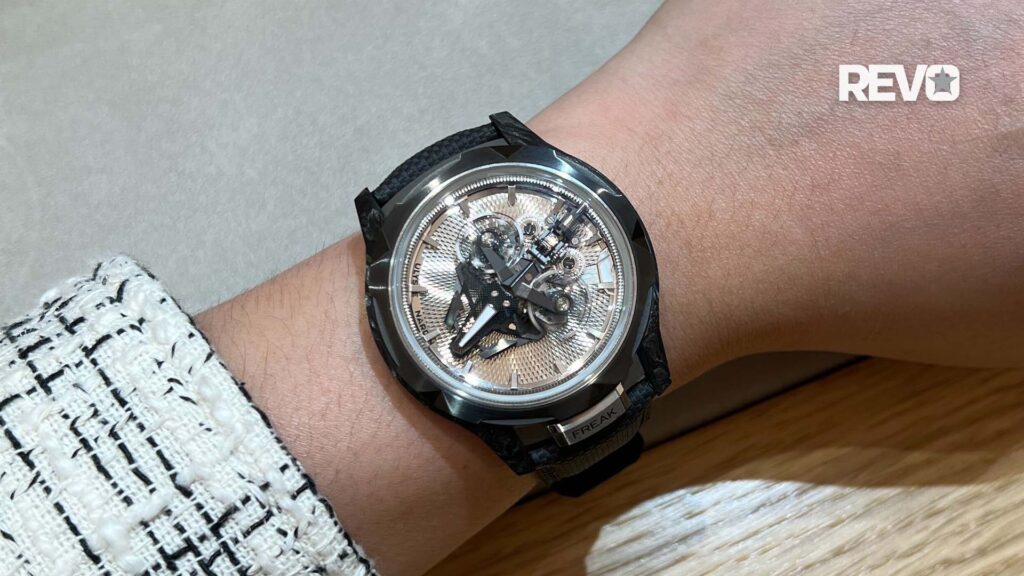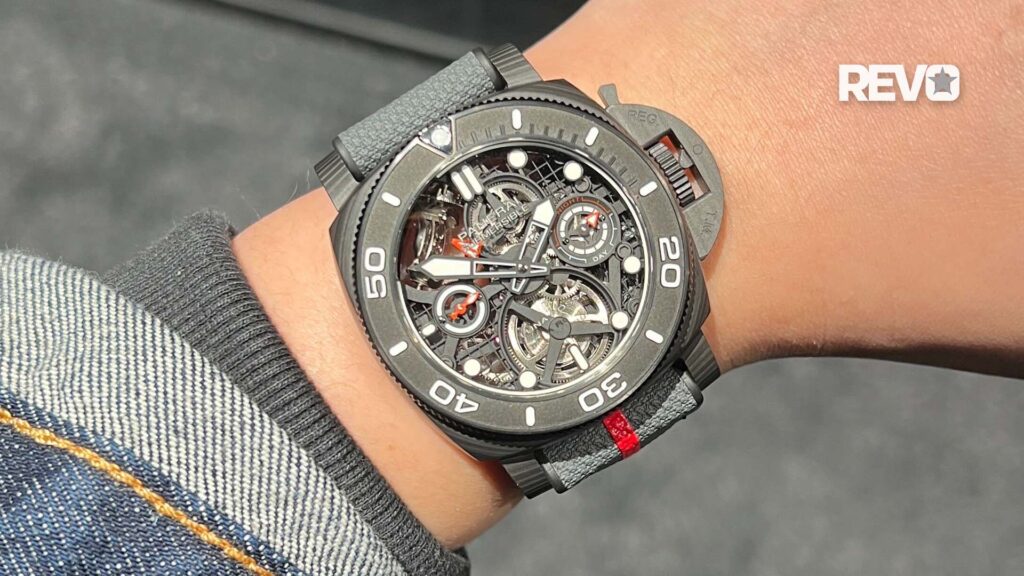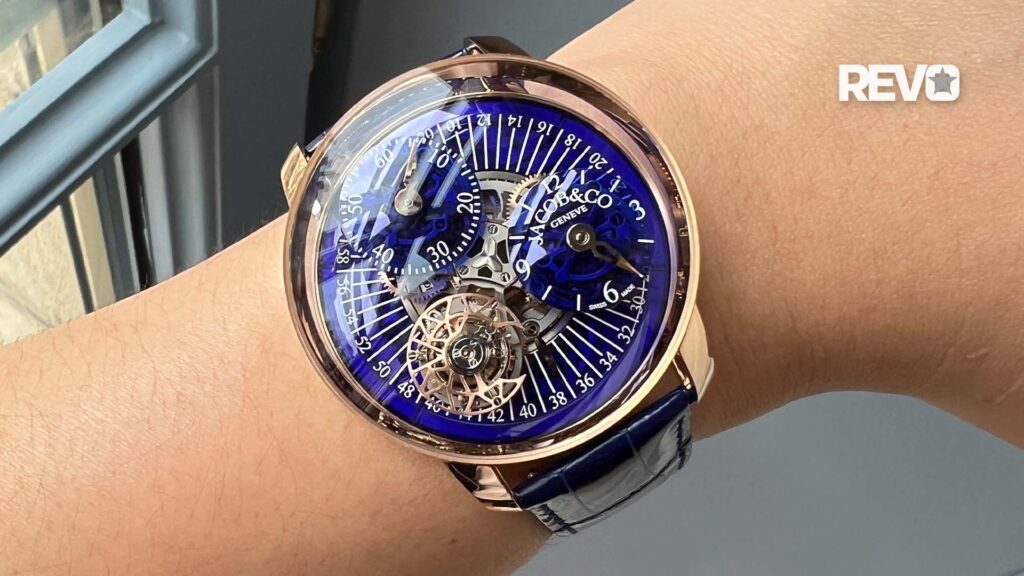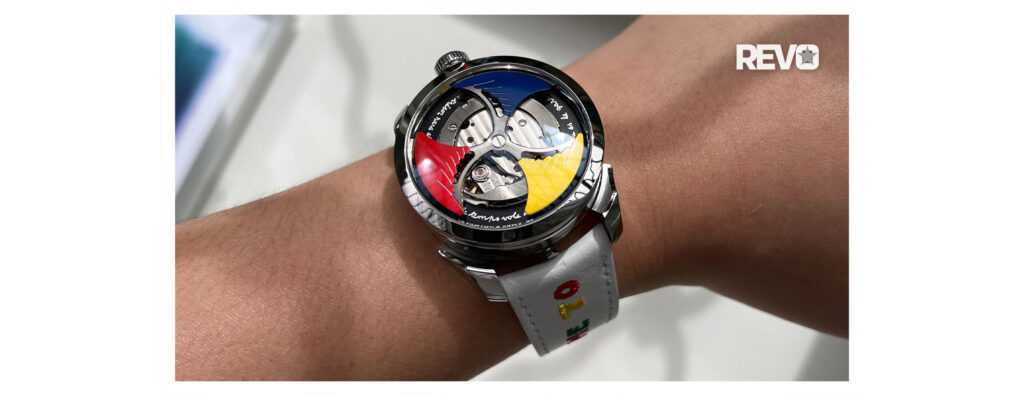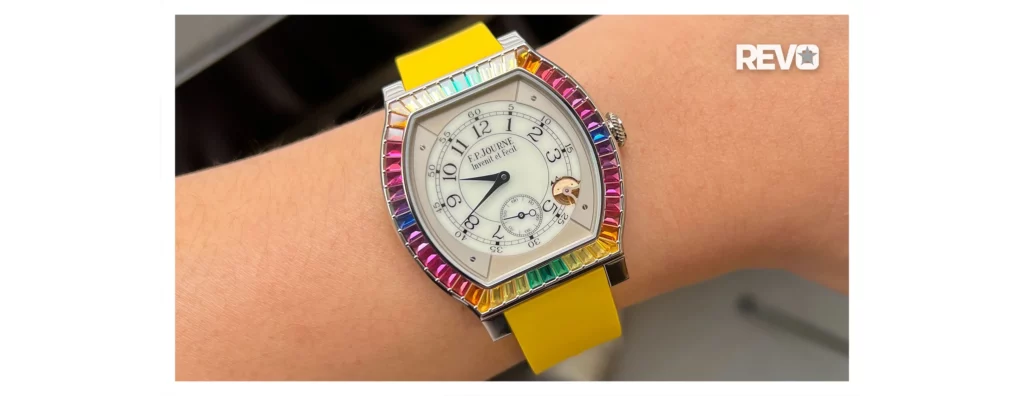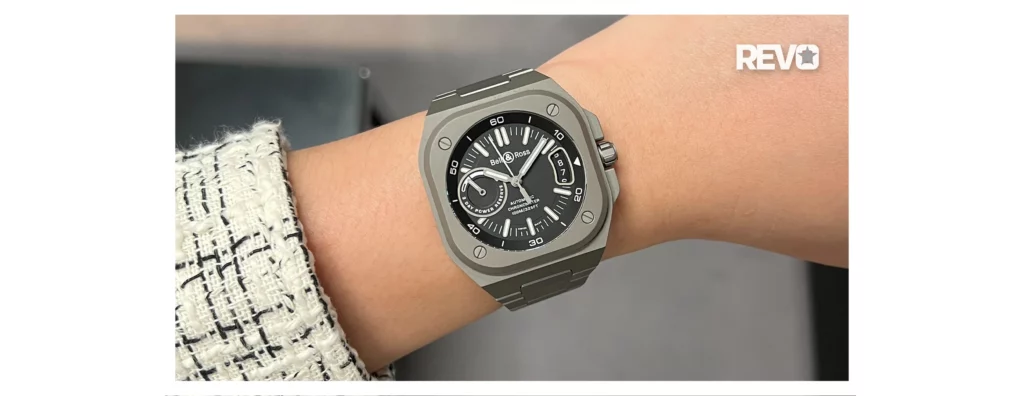Technical
State of Shock
Why one hand behind his back? Because he’s afraid that his watch might come into contact with something that might damage it. Why both hands behind his back? Because he realised how moronic he looks walking around with just one hand behind his back, like Napoleon with his coat on backwards or something.
What are these somethings that might damage a watch in the course of a leisurely stroll down the commercial thoroughfares of the 21st century? Depending on how much of the aforementioned douchebag quality you possess, even the briefest epithelial contact with the vast quivering mass of humanity might be all it takes to forever mar your pleasure in a watch. Don’t laugh; I’ve met people like this. Yes, they need help, but they do exist.
For the majority of watch owners, the greatest concentration of fear that we have in this area is to do with our watches picking up scratches or scars. Our threat assessment rubric becomes weirdly skewed — the roided-out skinhead with arms banded by poorly chosen tattoos gets a pass while the skinny tween in a Bedazzled jacket and Heelys is automatically given a wide berth.
The real danger of damage to your watch, however, has more in common with the former than the latter kind of interaction — in that the damage can’t really be seen. I’m talking about physical shocks and impacts, and the detrimental effect they have on your mechanical timepiece.
The most sensitive part of a watch movement is its regulator, which is basically a very fine spiral spring (hairspring) mounted on an inertia wheel. In order to minimise friction at the balance pivots, and also for reasons of hairspring concentricity (ie, important stuff we don’t have time to get into right now but just trust me it’s totally important), the balance staff is usually made with as small a diameter as possible.
Another scenario — let’s say the balance staff remains intact, ’cos you said your prayers every night like a good boy. Any disturbance to the regulator affects its ability to keep time, bringing down the precision of your watch. Try jostling a ticking metronome and you’ll see what I mean (but don’t do it at the music shop near my house, they don’t appreciate that). Your watch will still function, of course, but it won’t have escaped completely unscathed. In other words, you may have dodged a bullet, but you’ve still got secondary tinnitus from the blast. Do not want.
So, you know, don’t play golf with your watch on (unless you’re a puny 36-handicapper with a 100-yd drive like me). Don’t play tennis with your watch on. Try not to get into any car accidents or falling lifts. Don’t use your Shake Weight with your watch on (in fact don’t use the Shake Weight at all).
If you absolutely have to do any of the above activities with your watch on (except for the Shake Weight thing, that’s still prohibited), then what you want is a shock-resistant watch. The good news is, virtually all watches now have some kind of shock resistance built into them. This comes in the form of a sprung bearing that allows the balance staff to shift slightly, avoiding the brunt of the inflicted force that would otherwise snap the delicate pivots. You’ll recognise it as the gold-coloured brackety thing that sits on top of the balance endstone. It’s a highly specialised component that is made by only a few companies, who have their own trade names for it, the most common being Incabloc.
Thanks to this little guy, your watch can confront a range of moderate shocks with suave equanimity. We’ll deal with the more extreme stuff in the follow-up to this article.




